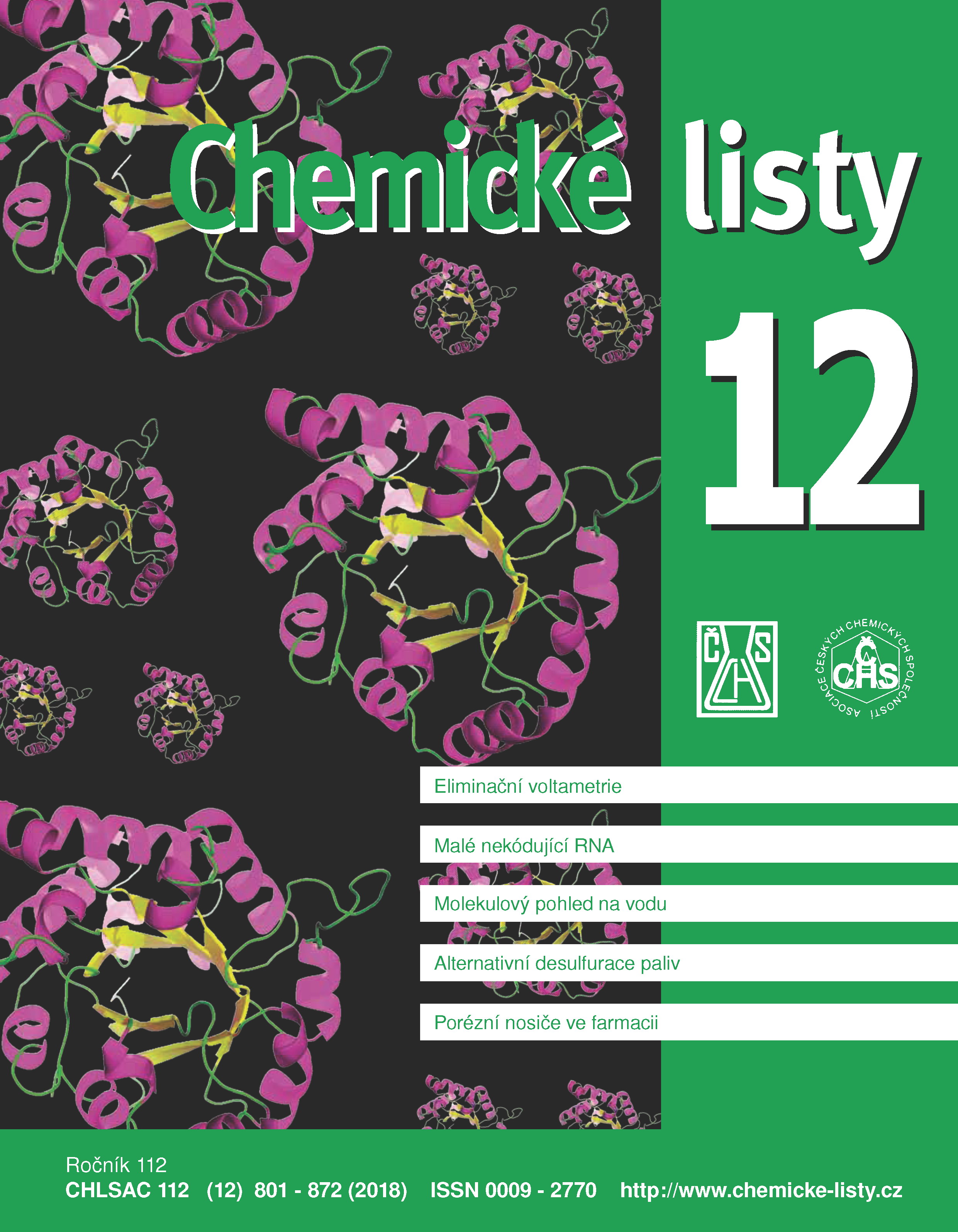Porous Carriers Used in Pharmaceutical Technology
Keywords:
porous carriers, microcrystalline cellulose, pharmaceutical technology, adsorptionAbstract
Recently, porous carriers are used in the pharmaceutical technology due to their promising properties ‒ large specific surface area, porous structure, suitable technological properties, etc. They participate in the preparation of liquisolid systems, self-emulsifying drug delivery systems, etc., which are capable to deliver and release the drug in the required manner to the biological system. One of the most widely used porous carrier is microcrystalline cellulose. Other perspective carriers are magnesium aluminometasilicates, which show several advantageous properties. Also calcium hydrogen phosphate represents a commonly used carrier with easy compressibility, rapid disintegration or improved flow properties. Due to their large specific surface area, mesoporous silicates and silica aerogels are also often used. The clay materials in the form of natural or modified materials with a structure of hollow nanotubes provide a suitable carrier of the drug. This article summarizes basic information about available porous carriers and their characterizations, as well as available application studies on the given topic.





